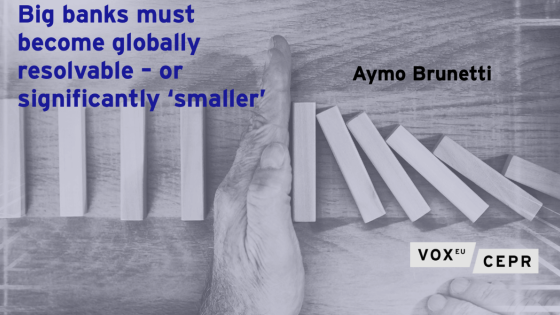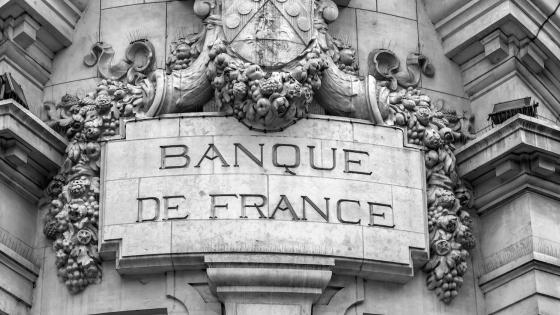DP2238 Optimal Bail-Out, Conditionality and Creative Ambiguity
This paper addresses the issue of the optimal behaviour of the Lender of Last Resort (LOLR) in its microeconomic role regarding individual financial institutions in distress. It has been argued that the LOLR should not intervene at the microeconomic level and let any defaulting institution face the market discipline, as it will be confronted with the consequences of the risks it has taken. By considering a simple cost benefit analysis we show that this position may lack a sufficient foundation. We establish that, instead, under reasonable assumptions, the optimal policy has to be conditional on the amount of uninsured debt issued by the defaulting bank.Yet in equilibrium, because the rescue policy is costly, the LOLR will not rescue all the banks that fulfill the uninsured debt requirement condition, but will follow a mixed strategy. This we interpret as the confirmation of the 'creative ambiguity' principle, perfectly in line with the central bankers claim that it is efficient for them to have discretion in lending to individual institutions. Alternatively, in other cases, when the social cost of a bank's bankruptcy is too high, it is optimal for the LOLR to bail out the institution, and this gives support to the 'too big to fail' policy.


